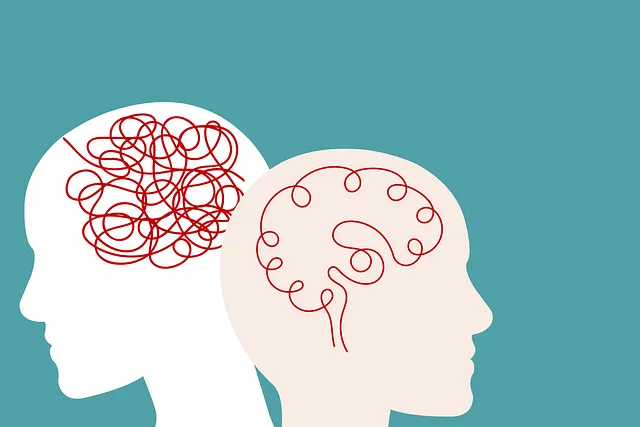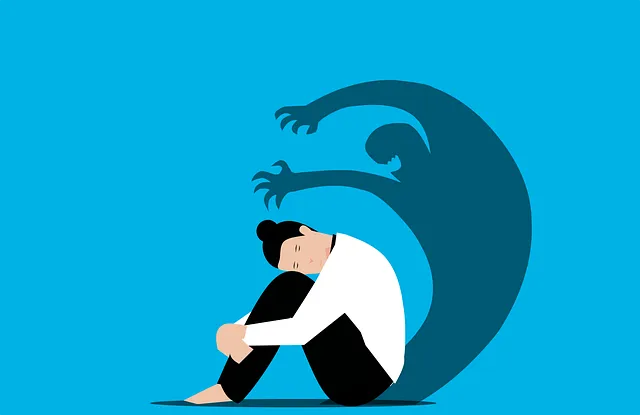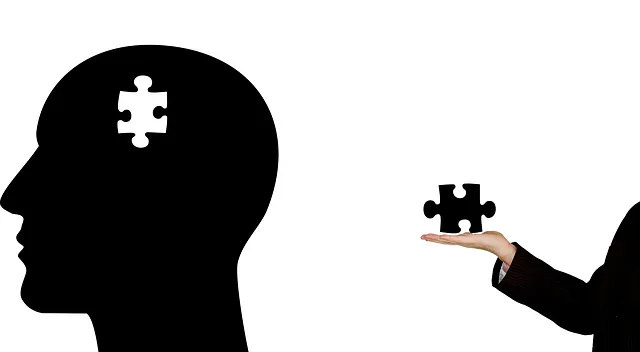Kaiser in Lone Tree offers immediate, short-term crisis intervention with a focus on stabilization through conflict resolution strategies for patients experiencing trauma or severe emotional distress. Their approach complements Mental Illness Stigma Reduction Efforts, providing vital support within the community. Compared to Lone Tree's intimate, individualized care, Kaiser caters to a broader patient spectrum with diverse facilities, robust risk management planning, and varied support systems. Depending on local needs, crisis intervention strategies vary; urban centers like Lone Tree may utilize inpatient facilities for intensive care and stress management techniques in addressing severe crises swiftly.
In today’s fast-paced world, effective crisis intervention is more crucial than ever. This article guides you through essential strategies and provides a comparative analysis between Lone Tree and Kaiser’s inpatient mental health services. We explore how these institutions approach crisis intervention in diverse settings, offering valuable insights for professionals and families alike. Understanding the nuances of crisis care, whether in a lone tree or a well-resourced facility like Kaiser, is key to fostering effective support systems.
- Understanding Crisis Intervention: A Quick Reference Guide
- Lone Tree vs Kaiser: Inpatient Mental Health Services Comparison
- Effective Strategies for Crisis Intervention in Different Settings
Understanding Crisis Intervention: A Quick Reference Guide

Crisis intervention involves providing immediate and short-term support to individuals experiencing a traumatic or stressful event. It aims to stabilize the person, ensure their safety, and assist them in coping with the crisis. At Kaiser, located in Lone Tree, their inpatient mental health services play a crucial role in offering such interventions, especially for those dealing with severe emotional distress.
Understanding crisis intervention strategies is essential for everyone, from healthcare professionals to bystanders. It involves assessing the situation, implementing quick but effective techniques like conflict resolution methods, and facilitating emotional healing processes. By addressing immediate needs and reducing the impact of trauma, these interventions can significantly contribute to Mental Illness Stigma Reduction Efforts, creating a more supportive environment for those facing mental health challenges.
Lone Tree vs Kaiser: Inpatient Mental Health Services Comparison

When comparing Lone Tree and Kaiser for inpatient mental health services, it’s crucial to understand their distinct approaches. While both organizations offer specialized care, their settings differ significantly. Lone Tree, known for its intimate and focused environment, emphasizes individualized treatment plans tailored to each patient’s unique needs. This approach fosters a sense of safety and encourages the development of coping mechanisms, enhancing resilience building among individuals battling mental health issues.
In contrast, Kaiser boasts a larger network with diverse facilities. Their inpatient programs often cater to a broader spectrum of patients, allowing for the exchange of experiences and perspectives. This environment can boost confidence in individuals facing mental health challenges by exposing them to various support systems and therapeutic techniques, all while implementing robust risk management planning for mental health professionals to ensure safety and effective treatment delivery.
Effective Strategies for Crisis Intervention in Different Settings

In various settings, effective crisis intervention strategies differ significantly, tailored to the unique needs and challenges each environment presents. For instance, Lone Tree does Kaiser have inpatient mental health services? This question highlights the importance of understanding context-specific approaches. In remote or rural areas, where access to resources is limited, crisis interventions often involve telemedicine and community-based support networks, ensuring swift assistance while respecting privacy concerns.
In contrast, urban settings like Lone Tree, with their diverse populations and abundant healthcare options, may require more specialized strategies. Here, mental health professionals can leverage inpatient facilities for intensive care when needed, focusing on stress management and anxiety relief techniques. Additionally, risk assessment is paramount; professionals must be adept at identifying warning signs of severe crises, enabling prompt intervention and appropriate resource allocation, whether in community settings or hospitals.
In exploring crisis intervention strategies, this article has highlighted the importance of understanding different settings and comparing services like those offered by Lone Tree versus Kaiser. While both provide inpatient mental health services, their approaches vary significantly. By examining these differences, we can better equip professionals to implement effective crisis interventions tailored to specific environments. Remember that, in times of crisis, swift and appropriate action can make a profound difference in an individual’s well-being.






